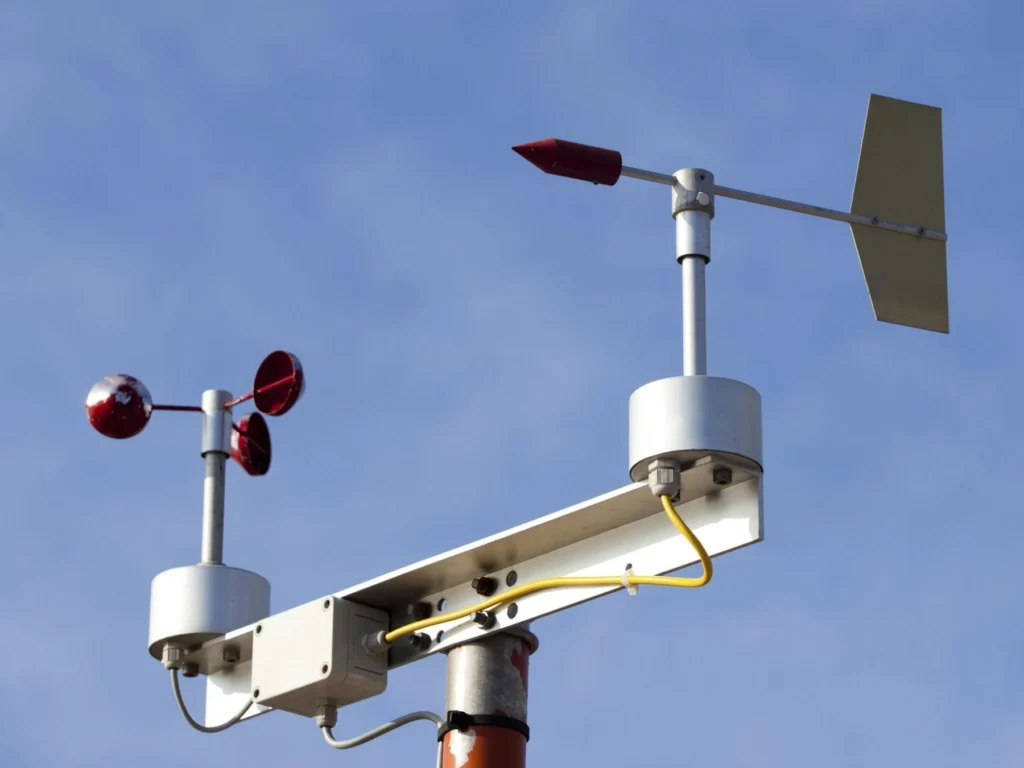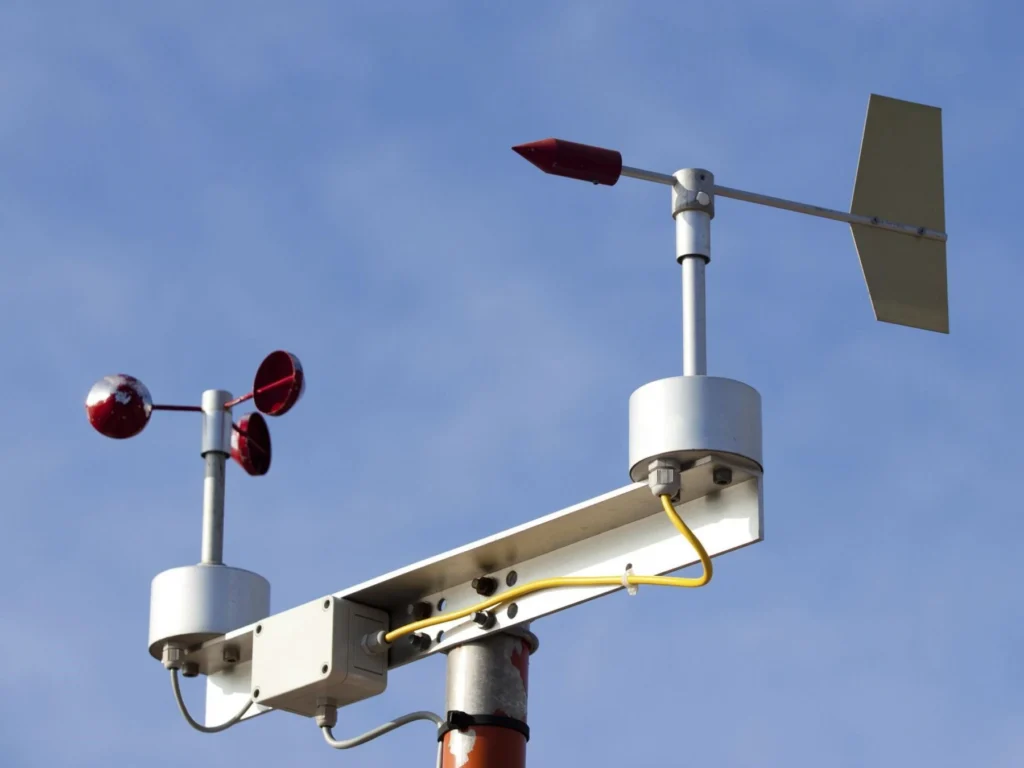
# Anemometer: The Instrument for Measuring Wind Speed
Wind speed is a crucial factor in various fields, from meteorology to aviation, and even in everyday activities like sailing or kite flying. To accurately measure wind speed, scientists and engineers rely on a specialized instrument known as an anemometer. This device has become an indispensable tool for understanding and predicting weather patterns, ensuring safety, and optimizing various wind-dependent operations.
## What is an Anemometer?
An anemometer is a device designed to measure the speed of wind or other air currents. The term “anemometer” originates from the Greek word “anemos,” meaning wind, and “metron,” meaning measure. Over the years, anemometers have evolved into various types, each suited for specific applications and environments.
### Types of Anemometers
There are several types of anemometers, each with its unique mechanism for measuring wind speed:
1. **Cup Anemometer**: This is one of the most common types, featuring three or four cups mounted on horizontal arms. As the wind blows, the cups rotate, and the speed of rotation is proportional to the wind speed.
2. **Vane Anemometer**: Also known as a windmill anemometer, this type uses a propeller or fan that rotates when exposed to wind. The rotation speed is measured to determine wind speed.
3. **Hot-Wire Anemometer**: This type uses a heated wire or filament. As wind passes over the wire, it cools down, and the rate of cooling is used to calculate wind speed.
4. **Ultrasonic Anemometer**: This advanced type uses ultrasonic sound waves to measure wind speed. It calculates the time it takes for sound waves to travel between sensors, which is affected by wind speed.
5. **Laser Doppler Anemometer**: This high-precision instrument uses laser beams to measure the velocity of particles in the air, providing highly accurate wind speed readings.
## Applications of Anemometers
Anemometers are used in a wide range of applications, including:
– **Meteorology**: Weather stations use anemometers to monitor wind speed and direction, which are essential for weather forecasting.
– **Aviation**: Airports use anemometers to ensure safe takeoff and landing conditions by monitoring wind speed and gusts.
– **Renewable Energy**: Wind farms rely on anemometers to assess wind resources and optimize the placement of wind turbines.
– **Construction**: Anemometers are used to monitor wind conditions during construction projects, especially for tall structures like skyscrapers.
– **Sports and Recreation**: Sailors, kite flyers, and paragliders use anemometers to gauge wind conditions for safety and performance.
## How to Use an Anemometer
Using an anemometer is relatively straightforward, but it requires proper calibration and placement for accurate readings. Here are some general steps:
1. **Calibration**: Ensure the anemometer is calibrated according to the manufacturer’s instructions to guarantee accurate measurements.
2. **Placement**: Position the anemometer in an open area, free from obstructions like buildings or trees, to get a true reading of wind speed.
3. **Reading**: Depending on the type of anemometer, you may need to read the wind speed directly from a digital display or calculate it based on the rotation speed of cups or propellers.
4. **Recording**: Record the wind speed data at regular intervals to track changes over time.
## Conclusion
The anemometer is a vital instrument for measuring wind speed, with applications spanning meteorology, aviation, renewable energy, and more. Whether you’re a weather enthusiast, a professional in the field, or simply someone who enjoys outdoor activities, understanding how an anemometer works can provide valuable insights into the wind’s behavior. With various types available, there’s an anemometer suited for every need, ensuring accurate and reliable wind speed measurements in any environment.
Keyword: instrument to measure wind speed
